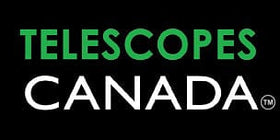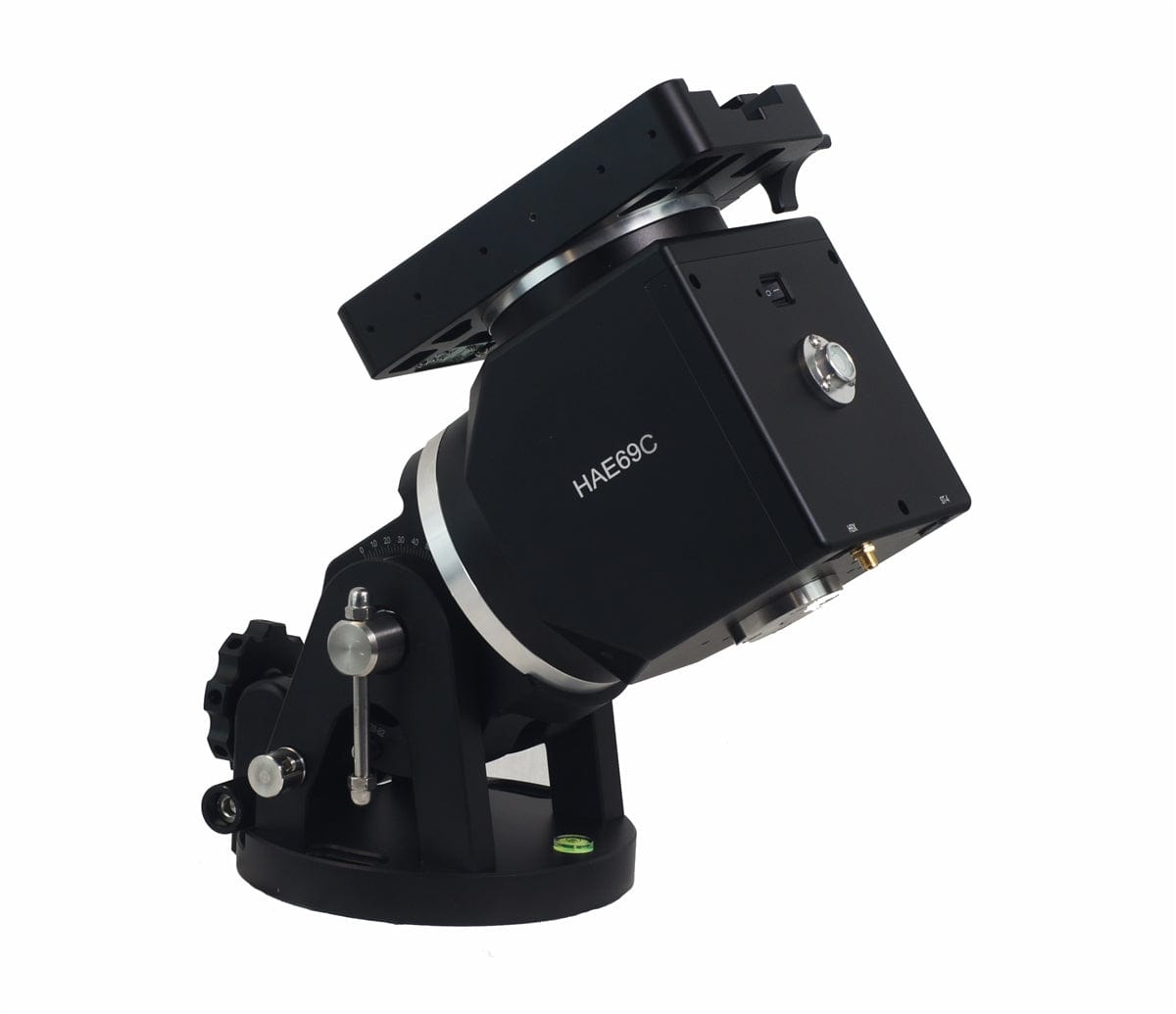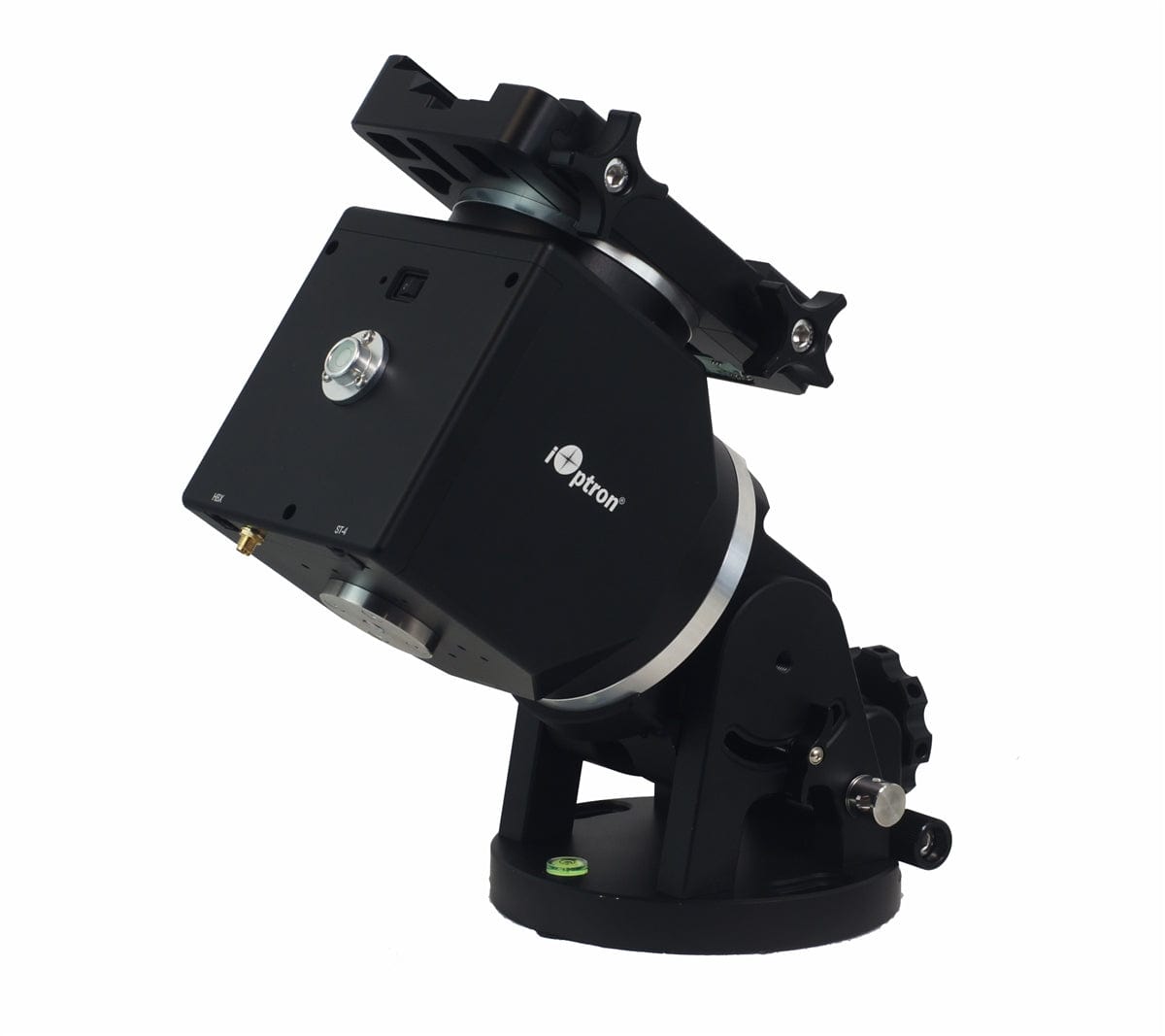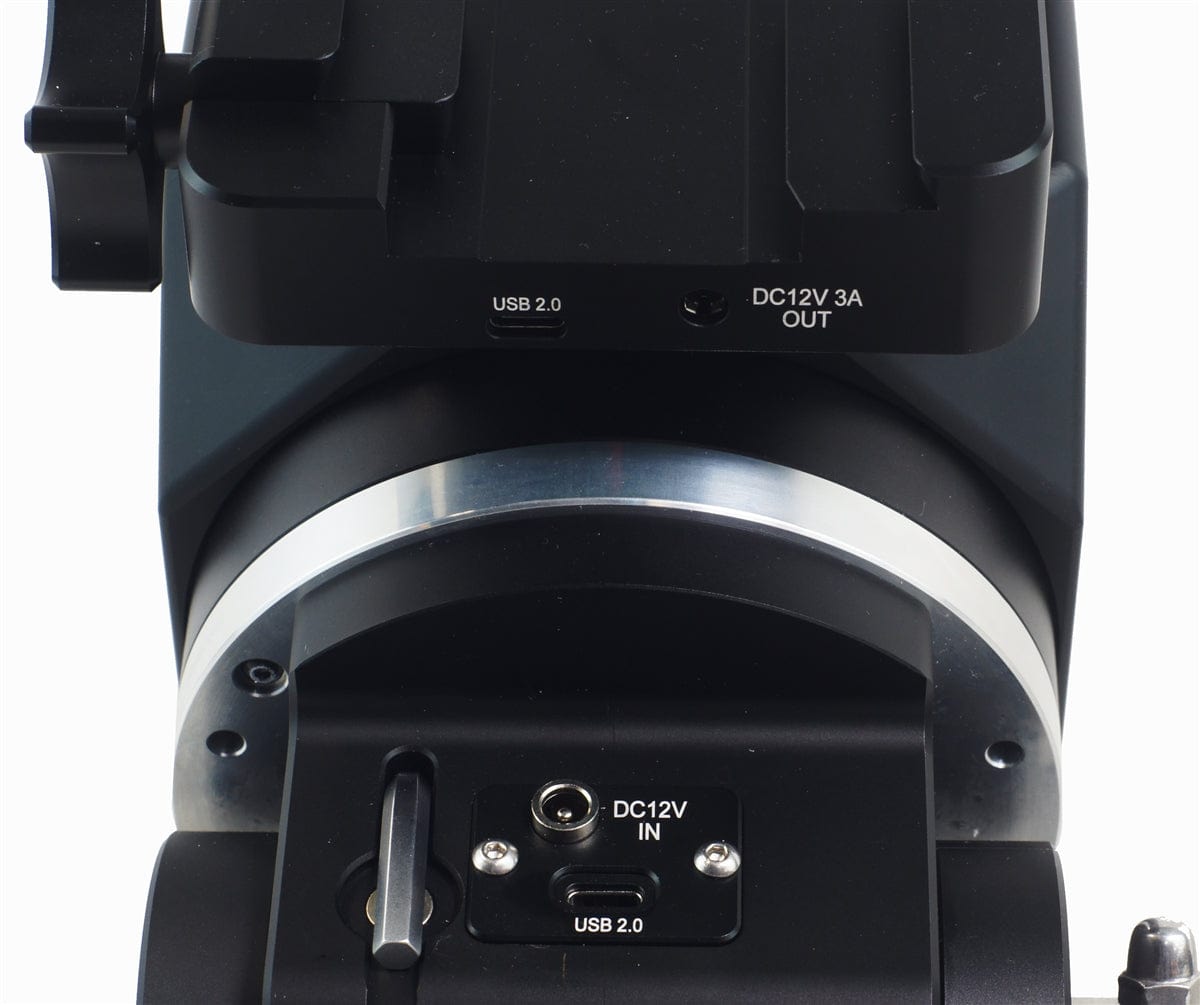Description
HAE69 mounts are now available without the iMate (on-board computer).
These lightweight, compact, medium payload titans will deliver an astronomy experience like never before. Imagine a mount head weighing in at less than 20 lbs with a payload capability 69 lbs, without needing a cumbersome counterweight or shaft. Applying iOptron’s multi-decade experience creating precision mounts, the HAE69 makes this vision possible.
Utilizing state-of-the-art strain wave gear technology for both RA and DEC movement, the HAE69s deliver unparalleled weight to payload efficiency. Its black anodized, all metal CNC machined body is appealing to the eye and is a rugged platform that will perform at the highest level for many years to come. Unique features include an electronic friction brake allows the mount to stop safely during a planned or unplanned power interruption.
HAE69C dual SWG Alt-az/ Eq mounts now have an internal main board and no longer requires use with a handset. The mount has USB ports on both the mount base and saddle that connect directly to the main board for mount control and firmware upgrade. It also features a built-in Wi-Fi for connection.
The optional 8411 Go2Nova® handset with OLED will provide a better user experiences, especially at extreme temperatures.
The HAE69C EC features a high precision RA axis encoder that delivers incredible tracking accuracy, enough that many will choose to image “sans” guiding.
(Actual contents may differ from the image. 8411 hand controller and 3339 iPolar are optional.)
Features
- Advanced strain wave gear system technology
- Payload capacity of 31 kg (69 lbs) with the mount weight of 8.6 kg (19 lbs, include dovetail saddle)
- PE< ± 15 arcsec
- CNC machined
- Unique friction brake to safely stop movement during a planned or unplanned power interruption
- 270 second gear period
- Go2Nova® handset with OLED for better user experiences, especially at extreme temperatures (optional)
- iPolar electronic polar scope for easy and accurate polar alignment (optional)
- Dual saddle (Vixen and Losmandy-D styles)
- Built in zero position search and locator
- Integrated ST-4 autoguiding port
- USB port (on both mount base and dovetail saddle) for firmware upgrade and computer control
- No cable drags
- Built-in Wi-Fi for mount control
- Aluminum carrying case
- Two year warranty
| Mount | Strain Wave Altazimuth/Equatorial Mount |
| RA gear system | Strain Wave Gear |
| DEC gear system | Strain Wave Gear |
| Reduction ratio | RA 800:1, DEC 800:1 |
| Payload w/o CW * | 69 lbs (31 kg) |
| Mount weight | 19.8 lbs (9 kg) with dovetail saddle |
| Payload with CW* | 79 lbs ( 36kg) |
| Period | 270 second |
| PE (by encoder)** | < ± 15 arcsec |
| Azimuth adjustment range | ± 8° |
| Latitude adjustment range | 0°~ 90° |
| Drive motor | Stepper motor |
| Structure Material | All metal, CNC machined |
| Exterior finish | Anodized black |
| Polar Scope | iPolar electronic polar scope (optional) |
| Level indicator | Level bubble |
| Control system | GOTONOVA/Commander |
| Handset | Go2Nova® 8411 w/OLED display (optional) |
| Tracking | Automatic |
| Maximum slew speed | 4.5º/sec |
| Power consumption | 1A(Tracking), 1.6A(GOTO) |
| Power | DC12V-6A (5.5/2.1mm DC plug) |
| AC adapter | 100V ~ 240V (included, indoor use only) |
| Power off brake | Electronic friction brake |
| Ports on Dovetail Saddle | DC12V output and USB-C port |
| Communication port | Yes (USB and Wi-Fi) |
| Autoguide port | Yes (ST-4 compatible) |
| Firmware upgrade | Yes (USB via Windows) |
| Dovetail saddle | Vixen/Losmandy dual saddle |
| Mounting base diameter | 152mm |
| Tripod | Optional |
| Counterweight Shaft | SS Φ20X200mm, 3/8"-16 thread (Optional) |
| Counterweight | 10 lbs (4.5kg)(Optional) |
| Operation temperature | -20ºC ~ 40ºC |
| Warranty | Two year limited |
* 250mm, with payload center of gravity to the RA rotation axis.



